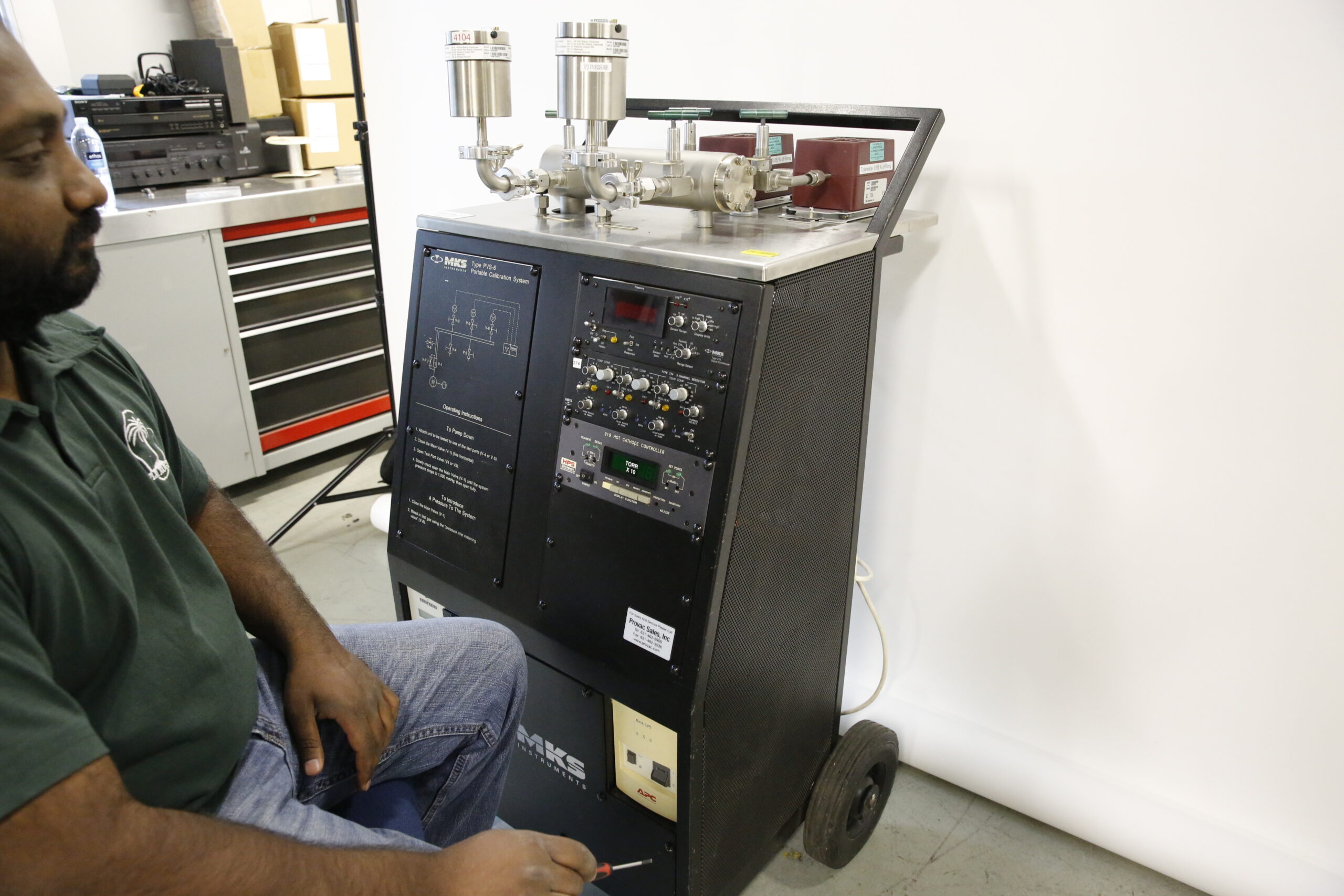
In the realm of scientific measurement and industrial processes, the accuracy and reliability of instruments are not just a matter of operational efficiency; they are the bedrock of safety, quality, and trust. Calibration, far from being a mere procedural formality, is a critical element that ensures the fidelity of instruments across a myriad of applications. This article delves into the significance of calibration, elucidating its pivotal role in safeguarding product quality, mitigating risk, and fostering innovation.
Calibration is the process of verifying the accuracy of an instrument’s readings against a known standard. The necessity for calibration stems from the inherent possibility of instrument drift – a gradual deviation in an instrument’s accuracy over time. This drift can lead to significant errors in measurement, adversely affecting the quality of products and processes. By calibrating instruments, we ensure that they perform within their specified tolerances, thus guaranteeing the integrity of measurement data.
The notion that calibration is an avoidable expense underestimates the substantial costs associated with inaccurate measurements, including product recalls, legal liabilities, and damage to reputation. The adage “a stitch in time saves nine” aptly describes the proactive approach of calibration. Investing in calibration is significantly more cost-effective than the potential financial and reputational losses stemming from non-compliance and quality issues.
Effective calibration extends beyond the mere act of checking instruments against standards. It encompasses a holistic strategy that includes:
Calibration is integral to quality assurance systems, such as ISO 9001, which emphasize the importance of measurement accuracy in the overall quality management process. It ensures that the products or services provided meet the required standards and customer expectations.
Accreditation of calibration laboratories, such as through ISO/IEC 17025, offers an added layer of confidence. It signifies that a laboratory has met stringent criteria for technical competence and quality management, providing assurance that the calibration services rendered are of the highest quality.
Instrument drift can have far-reaching consequences, from the subtle degradation of product quality to the catastrophic failure of safety-critical systems. Regular calibration helps in early detection and correction of such drift, thereby preventing adverse outcomes
In high-stakes industries such as pharmaceuticals, aerospace, and energy, the repercussions of inaccurate measurements can be dire. Calibration acts as a critical risk management tool, ensuring that measurements are accurate and reliable, thus protecting against product failures, safety incidents, and environmental hazards.
Innovation often relies on the ability to make precise measurements. Calibration supports research and development by ensuring that measurements are accurate, thereby facilitating the exploration of new scientific frontiers and the development of groundbreaking technologies.
Companies that prioritize calibration can achieve a competitive advantage by producing higher quality products, reducing waste, and improving efficiency. This not only enhances customer satisfaction but also positions the company as a leader in quality and reliability.
The strategic importance of calibration cannot be overstated. It is a foundational element that ensures the accuracy and reliability of measurements, which in turn, underpins quality, safety, and innovation. By embracing a comprehensive calibration strategy, organizations can safeguard their operations, mitigate risks, and drive technological advancement, thereby securing their position in the competitive global marketplace.
No Comments